It is much cheaper for government to facilitate the opportunity of its citizens than attempt to referee them as they try to facilitate it for themselves.
Robert Simmons

Step One: Observe (Analyze)
As reported in the OB Rag, a group of San Diego pickleball players ‘stormed’ the Peninsula Tennis Club and symbolically took it over for a while, effectively halting ‘business as usual’ until police arrived and persuaded them to leave without serious incident.
According to the pickleball insurgents, their staged takeover was intended to expose the fact that the city had not renewed Peninsula’s Special Use Permit. Peninsula Tennis Club was not ‘special’ in this instance; the city had not secured permits for any of the 12 public park tennis facilities in San Diego. Since Covid began, city government has had trouble keeping up with many of its ‘non-essential’ duties; a simple look around at the increase in homelessness, illegal dumping, crumbling infrastructure, and general lack of housing confirms this fact. Presumably, the insurrection was not intended to mimic last year’s capitol riots, nevertheless the event did smack of a certain arbitrary measure of entitlement, a strong distaste for government (and rules in general), and a fervent belief that for every US there is a THEM lurking somewhere nearby. The fact that 70% of pickleball players are tennis players (including these ‘insurgents’) means the event cannot simply be construed as a “pickleball versus tennis” conflict (in fact, pickleball in San Diego was introduced, promoted, and ultimately financed by tennis players, making tennis the only real ally pickleballers have in this town).
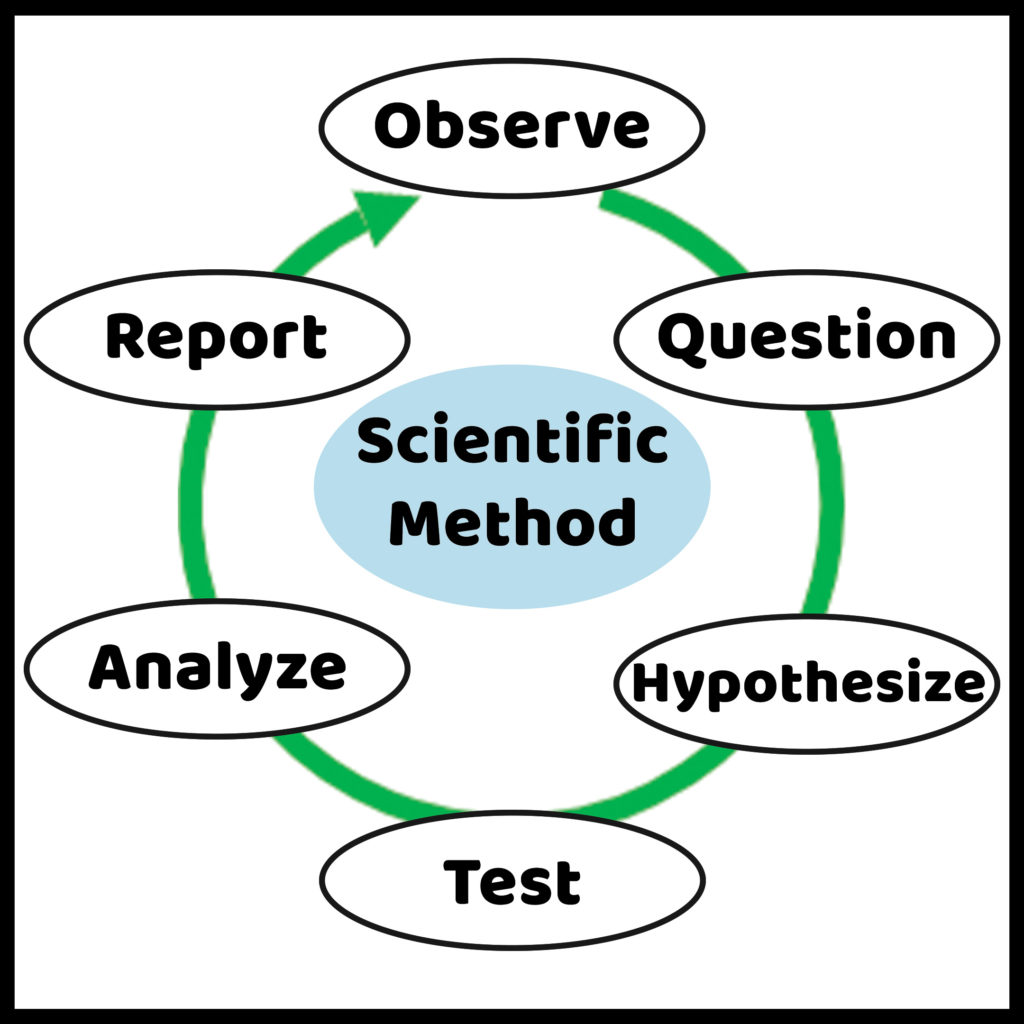
Whenever government proves ineffective for redressing grievances (as it has in this case), people often turn to the media to garner support for their cause; it should be noted, however, that a win in the court of public opinion has never elected a female president, changed any gun laws, allowed women property rights over their own bodies, or kept money from influencing political decision-making (as in lobbying, gerrymandering, voter suppression, regulatory capture, campaign finance laws, or our electoral college).
Currently, the private media is America’s self-appointed problem-finding source, but with no problem-solving entity attached to it, problems simply pile up; every communication corridor gets clogged daily with a steady traffic jam of bad news. Rubbernecking newsreaders slow down to gawk, and an intellectual gridlock is formed. Along the edge of this information highway, diligent statisticians quietly begin stacking the casualties into designated piles. Larger piles eventually warrant the attention of national media, who then inform the rest of us that these larger piles exist, presumably to help us avoid winding up in one of them. Once enough statistical analysis confirms clear patterns in the chaos, the job of problem-solving gets shunted to the ‘opinion page’ of the newspaper, or perhaps becomes the subject of some tell-all book, designed less toward offering viable solutions, and more toward pointing a statistically-backed finger at exactly who’s to blame.
For those of us who prefer not to read, there are plenty of politicians who will gladly point their finger—like a divining rod—toward whatever will secure them the largest body of votes. In all cases, no evidence suggests that government is either willing or able to affect these unwanted patterns in any meaningful way; at best, the average citizen is left to navigate an ever-growing mine field of systemic defects with no more than a government-backed label warning.
Even people who never learned to read find and solve problems every day, utilizing the same process as everyone else: trial and error. Whether we know it or not, all of us use some form of the scientific method: we observe a problem, attempt to discern the cause of it, beta test a potential solution, decide whether it adequately solves the problem, and if not, repeat the process until an acceptable result occurs. When we look with our eyes instead of our mouths and ears, it becomes exceedingly obvious that government has no objective problem-solving mechanism in place to provide for its citizens. If there was such a process, it would effectively gather all the news and statistics, reflect upon it, then offer up possible solutions that could be tested.
The purpose of this article is to apply the age-old process people utilize whenever they truly want to solve a problem (our so-called ‘scientific’ method), and with it not only solve the issues between pickleball and tennis, but take on the even larger issue of what is wrong with our Democracy, that it cannot even fix simple problems such as these.
When we sincerely reflect upon the issues we observe, we will find that problems are rarely isolated incidences, but part of some larger systemic disconnect; solving for this deeper systemic issue would not only yield more inclusive and sweeping results, but utilize government time and resources more efficiently and effectively.
Once the simplest, most comprehensive solution has been determined, it would fall to government to facilitate the necessary changes; this is when the weakness of government as a problem-solving entity would be exposed. The hope is that when enough issues are evaluated in this manner, Americans will see that government is the ultimate impediment to solving our problems, and thus, in accordance with the instructions given in America’s founding document, it becomes our civic duty to alter government to secure the best version of Life, Liberty and Happiness we can offer to ourselves, based on the tenets of Democracy we have been charged to uphold.
Step Two: Reflect (Question)
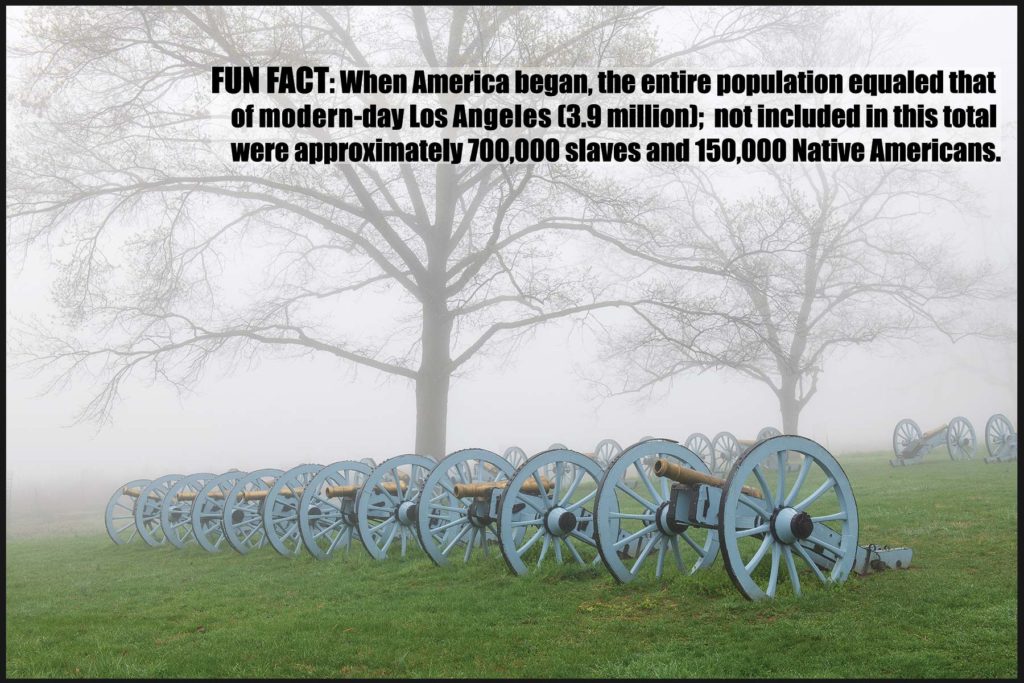
What is the current purpose of news? What is the current purpose of government? And how did American Liberty become a scarce resource, such that one citizen’s liberty can only be increased at the expense of another citizen’s liberty? We are well within our unalienable rights to ask such questions. Upon further reflection, it will be clear that the problem is NOT that the three fail to work together, only that they work together against us, and not for us.
The U.S. government is running on an outdated version of Democracy. The current operating system has no built-in problem-finding application; the problem-solving software has been hacked and completely disabled (it never worked well, anyway). No one seems ready, willing, or able to fix these issues; consequently, there is a massive and growing list of people who are ‘victims of the system.’
Why does Liberty have to come with so much collateral damage? Why are all problems automatically considered personal problems until proven otherwise? Meanwhile, why does the burden of proof always fall to the victim? The system seems more designed to deter victims from seeking justice than ever achieving it.
Because individual voices are of little intrinsic value in the current version of democratic justice, victims who wish to be heard must join a choir of similarly-treated citizens, and through these coalitions, factions, and unions peaceably assemble to redress their collective grievance. A hundred citizens protesting equals about a dollar worth of democratic action by government (not included in this dollar is the cost government expends on law enforcement to regulate such a protest). Meanwhile, when a hundred people’s ‘personal problem’ ultimately gets dismissed, no one could blame them for turning the other way when the next victim comes looking for help. In this way, government appears perfectly designed to maintain the status quo, and nothing more.
To solve only one problem at a time, besides being wastefully inefficient, is suggestive of the divide and conquer strategy of all those who seek autocratic control. To be fair, perhaps because of the flawed (and ancient) strategy of taxation, which creates a scarce resource of available funds, American Democracy has been converted into a competition for some financial measure of equality, liberty, and justice. This version of Democracy, however, is a cheap autocratic knock-off of the real thing, and will continue to fail us until we replace it, or through our own mis-education, allow capitalism to dupe us into willfully exchanging our hard-earned Democracy for a capitalist oligarchy, whereupon we will join the other 94% of the world currently under some form of authoritarian rule.

This ‘take a number’ approach to problem-solving has the further negative externality of only rewarding the ‘squeakiest wheels,’ which allows government to reactively sit around until enough individuals complain to force democratic action. For this, the private sector devised a clever ‘workaround’ to eliminate waiting in line: they took some of their excess money and redistributed it to government officials, who in exchange magically turned money into speech; this allowed the private sector to use even more of their money (they have way too much money) to buy candidates, privately influence Congress, control the media, control money itself, dismantle unionization, and effectively drown out the voices of individual citizens. The wealthiest in our society can always be found at the front of every government-sponsored bread line. In defense of wealthy people, money is designed to be spent, and rational self-interest would not be served by giving any money back to the people who helped them procure it, for fear that these ‘employees’ might come to expect similar behavior in the future.
UNDERSTANDING THE ROLE OF LIBERTY
According to the actions of our populist pickleballers, property is not safe from annexation in the United States without some strong authority constantly overseeing it. Peninsula Tennis Club has successfully run a tennis business on these dedicated tennis courts (which they maintained, without the use of taxpayer money) for over forty years, but apparently these (and therefore any) non-tennis-playing poachers would be at their ‘liberty’ to repurpose the property how they saw fit, if no authority was present to stop them. This type of thinking represents one version of Liberty; that it is the ‘manifest destiny’ of one group to gain their liberty at the expense of another group, as long as no stronger entity intercedes. It is upon this version of Liberty that America was founded, and represents a traditional view that Liberty is a scarce resource, because it is attached to physical property, which is seen as finite (in the dimension of time, ironically, physical property is the infinite resource, and individual people are finite; again, the wealthy have found ways to ‘work around’ this reality, by transferring entitlements onto their progeny through gaping and contrived loopholes in our already arbitrary systems of property rights and taxation).
Back in the day, those with the best weapons (and deadliest germs) were able to conquer, subdue, assimilate, and subordinate everything their covetous eyes could see. In the end, it was we the conquerors who wrote the history. Those who had a taste of being conquered were left to only dream of something better. Unfortunately, to forever dismantle the fortress-like house of oppression requires ‘outside-the-box’ type thinking that still does not exist even today. In 1776, oppressed and oppressors alike had only been educated in the arithmetic of conquest, the language of violence, and the science of oppressive control; they had no formal training to build the type of Liberty they attempted to create. Thus, a self-righteous crusade to spread Liberty at the business end of a musket became our legacy instead; for many, this song of freedom, built upon a dissonant dyad of two conflicting Liberties, still continues to ring out economically, politically, socially, and even genetically to this day.

With weapons down (but always at the ready), America turned to capitalism as a more civil, legalized form of conquest. By weaponizing money, capitalists were able to attack or retreat with absolute impunity. As money retreats from an area (rendering it financially depressed), the opportunity exists for all manner of scavengers to swoop down and clean the meat off any remaining bones. Eminent Domain, Environmental Racism, Corporate Tax Incentives; misery acquaints a man with strange bedfellows. When gentrification rolls up with its cleaning crew, it is meant to sweep the remaining refuse from every financially vacant lot, and wipe the analog memory of all people and programs that previously existed there.
Making resources infinitely recyclable would certainly help us dispense with traditional views of scarcity; hopefully we will continue—through the use of biomimicry—to find a thousand different ways to infinitely sustain every one of them, or through physics, eventually manufacture some of the elements we need most. Traditional views of property rights will also need to evolve; Democratic Liberty cannot be achieved as long as individuals are allowed, through some arbitrary claim of property ownership, to manipulate supply and demand with fictional claims of scarcity, in order to extract economic rent and drive inflationary growth in a thousand different ways.
Another irony of this false version of Liberty is that the people who peddle it—who cannot help but covet every shiny thing they see—are the very ones who summon commandments down from mountains and elicit books bulging with ever-expanding rules and regulations; this covetous version of Liberty evokes the ‘big government’ covetous people come to despise.
To oversee a country that holds two incongruent versions of liberty, federal government would need to utilize its full range of enumerated and implied powers. Currently, however, the Supreme Court has punted authority to the states in several dubious decisions; now each state has been handed the authority to draw its own line in the sand, presumably in preparation for a Second Civil War, which once again will be fought over which version of Liberty will endure. This is a huge mistake by the Supreme Court, and a show of weakness by the entire federal government (in fairness, the government has long since relinquished authority to the private sector and no longer speaks for the general population).
A better decision would be for government to not shirk from its duties and figure out how both versions of liberty could co-exist, and even thrive; the job of government should be to tie our fates together, build a foundation for Liberty from the bottom up, and gently nudge us away from top-down hierarchal forms of control, which is paternal, punitive, bureaucratic, and economically speaking, entirely too inefficient and ineffective to be sustainable. Federal government, now more than ever, must keep possession of its full range of powers.

A poll revealed that youth favor abortion rights (when it most affects them), while older people begin to change their minds about pro-choice (when abortion no longer affects them). Tennis players seem to have a similar bent, as older generations—who opt to move to pickleball—no longer seem to care whether tennis is preserved for youth. As shallow as this seems, it does speak to the (irrational) self-interest principle peddled by capitalist economics. It should be noted, however, that throughout history, the winners write the rules, and as capitalism is all about winning and writing its own rules, it might be prudent to posit the following: capitalism has forced an entire culture (or environment) of ‘self-interest,’ designed to reward the most self-interested among us; meanwhile, the rest of us must navigate this rocky terrain while trying to retain some occasional sliver of our humanity (behavioral economics then had to be created, so capitalists can better manipulate these occasional human ‘weaknesses’—such as cooperation or selflessness—toward maximal profits).
The same poll concerning abortion showed that those attaining a higher level of education also showed greater tolerance for other people’s views. Taken at face value, this statistic is misleading. Early education tends to focus on conformity: establishing a base of knowledge geared toward traditional—even nationalistic—views; meanwhile, kids remain sequestered in a static existence, hearing (and witnessing) the same stories over and over. Further education involves exposure to a larger world of multiple perspectives, at a time when children’s frontal lobes are more ready to reflect upon this information. Unfortunately, many children drop out before this opportunity arrives, because the story they hear and witness too soon becomes their story, before they got a chance to write their own story. What is the point of having a democratic government, if not to intervene and disrupt this cycle? What good is Liberty if it cannot ensure equal hope and opportunity for everyone under its care?
One Third Option hypothesis is that our fight / flight response is triggered by perceived uncertainty, which forces people to react defensively, tribally, close-mindedly, fearfully, or even violently to whatever lies outside their comfort zone of experiences (especially if those on the ‘inside’ preach a narrative of fearing that which lies outside their range of experiences). In a proactive model of society, we would do well to expand our children’s range of positive (and negative) experiences early, so that both perceived certainty and perceived uncertainty could not be so easily manipulated. Otherwise, so-called ‘less-educated’ citizens will continue to shun education, remain suspicious of what they have never experienced, avoid interaction because of that suspicion, and potentially advocate for the assimilation of others into their more comforting version of reality.
What is most disturbing is that people in rural areas, realistically speaking, have no power, which begs the question: how is it that anti-abortion rights, gun rights, de-unionization, the integration of church and state, the stripping down of ‘big government’ (while managing to still hoard the lion’s share of government welfare money), plus the demonization of liberal ideas like education and tolerance have such a large voice right now? Depressingly, the answer is that an issue only gains traction in America if there is a large amount of money behind it, not because the idea is democratically popular (for example, pickleball is owned by two billionaires, and is NOT the largest growing sport in America, yet predictably is still the largest-hyped game in America right now). This begs a second question: what is the point of advancing policies that are clearly unpopular? The best answer that comes to mind is that advancing unpopular ideas would start a conflict among the citizenry and force the country into gridlock; we need no ‘beta test’ to prove this hypothesis, as the gridlock has clearly arrived.
Third question: who is it that benefits when the country is in gridlock? Conveniently, all roads lead to the people with the money, who caused the gridlock, and naturally do not wish to have their money faucet turned off. The Third Option believes that the wealthy also live in uncertainty about their future, because they correctly reason that the only way to achieve true Liberty is for government to once again regain control of the money supply. The best weapon the wealthy have right now is their excess money, so they reasonably hurl it down at the rest of us, to keep us from storming their castle. What the wealthy do not see is that there is a way they can retain their wealth without driving the rest of us into poverty.
If we are going to make things better for everyone, we will need to redefine Liberty so it works for everyone—where even wealthy people can learn to be happy (many are not, by the way). First, We the People must drive the moneychangers out of the temple where our Liberty has been preserved; only if we secure government can we secure this blessing of Democracy and Liberty for ourselves and our posterity. Secondly, this new inclusive definition of Liberty must be rooted in equal opportunity; government can no longer simply be a mouthpiece for this idea, but start putting our money where its mouth is, and secure equal opportunity in a tangible way (and yes, to do this, government must regain control of the money supply; more on this later).
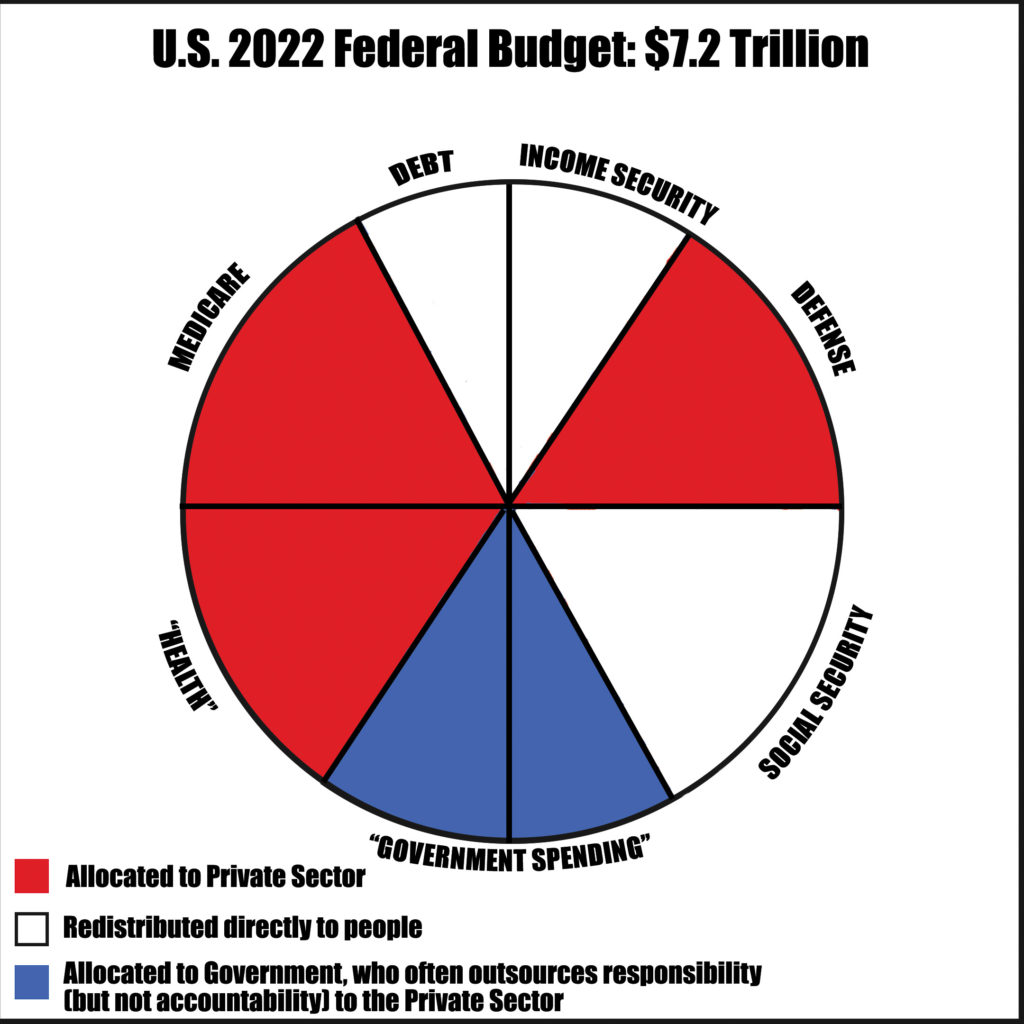
UNDERSTANDING THE ROLE OF GOVERNMENT
Government has been endowed with powers that are enumerated, implied, reserved, and concurrent, and through these have been allowed to provide goods and services, regulate businesses, resolve market failures, protect property rights, and redistribute incomes. It’s current spheres of influence include the following:
CURRENT JOB DESCRIPTION OF FEDERAL GOVERNMENT
- Connect us together with interstate highways
- Oversee dams to provide power, irrigation, and flood control
- Make sure organic foods meet U.S. Department of Agriculture standards
- Provides education to everyone, including college loan programs to help those who might otherwise not be able to afford higher education
- Provide Social Security to 51 million Americans
- Provides Medicare to 55 million seniors
- Protect our national parks through the Department of the Interior
- Print and coin money through The U.S. Mint
- Protect our air through the Clean Air Act
- Provide for Americans during natural disasters through FEMA
- Help Americans become homeowners through The Federal Housing Authority
- Maintain U.S. harbors, ports, and channels through The U.S. Army Corps of Engineers
- Approve new medications through the U.S. Food and Drug Administration
- Oversee air traffic control systems through The Federal Aviation Administration
- Provide severe storm warnings through the U.S. National Weather Service
- Protect citizens through The Americans with Disabilities Act (transportation, employment, telecommunications, public accommodations)
- Ensure safe drinking water through Public Water Systems using EPA guidelines
- Protect and serve our borders through federal Customs and Border Patrol
- Combat Cancer through the National Cancer Institute
- Combat disease (like Parkinson’s, Alzheimer’s) through the National Institute of Health
- Protect small business through The Small Business Administration
- Fund 60% of all University Research
- Monitor 39M tons of cargo annually through The Transportation Security Administration
- Help Americans traveling abroad through Consulates and Embassies
Most of these duties can be filed under the tangible goods and services necessary to secure Liberty: health, education, retirement benefits, and essential needs infrastructure, which includes goods and services such as transportation, food and water, shelter, energy, communication, and small business. Also noteworthy is government’s job to print all our money, as well as secure the sovereignty (or consistent value) of all the money it creates.
It should be noted that government currently prints and circulates around $6 trillion in cash and coins, though the actual money supply is closer to $60 trillion. This speaks to the massive amount of digital money that is created by private entities like commercial banks, private equity firms, or large investment banks, all of which Americans believe is secured by government, though government can only legally ‘back’ the money it actually creates.

Perhaps government does not want to touch this privately-created money because legally, it should not exist, nor does the government have any hope of backing it, should it fail. In reality, money is a medium of exchange and nothing more; though it appears in tangible form (about 10% of the time), it does not exist as a physical commodity, only as a measure of specified value, to facilitate the exchange of dissimilar goods or services in the marketplace. As such, the private sector cannot legally profit from selling people ‘fiat’ money (which they do when private institutions ‘loan’ us the money for a price). Fiat money is intrinsically useless and fictitiously created, and because this money is later utilized to secure tangible goods and services, it effectively deprives other citizens—who obtain their money by legal means (e.g., they earn it, through labor / effort)—from the equal opportunity to purchase these same goods and services.
Bottom line: in a democratic government, money exists by agreement between all citizens, to imbue arbitrary notes and coins with a specified value so people can exchange physical commodities between themselves. Money that is not created—and therefore not backed—by the federal government, should be kept out of the real economy, but unfortunately it is slowly grabbing hold of many of our most essential needs, jacking up the price (aka inflationary economic rent), and proving over and over that profit-seeking neither protects nor incentivizes any democratic form of Liberty.
The current capitalist conquest involves an attempted hostile takeover of our government, to ‘privatize’ all public spheres like education, transportation, housing, prisons, health care, social security, etc. This is no surprise; it is completely in keeping with the usual game plan of conquest and assimilation; it is, however, a worrisome moment for America, because if it succeeds, we will lose the ability to secure the Life, Liberty, or Happiness of the general population.
At this moment, government must be brave and strike first: jettison the antiquated system of tax and transfer redistribution it currently practices, and instead assimilate economics into its model of governance. To do this, it simply needs to employ the basic tenets of economics to more efficiently and effectively provide the essential goods and services it has already been constitutionally tasked to oversee anyway. If government runs like a business, it would need to please its investors and shareholders (the American people), operate more cost effectively (in the black), and provide quality customer service.
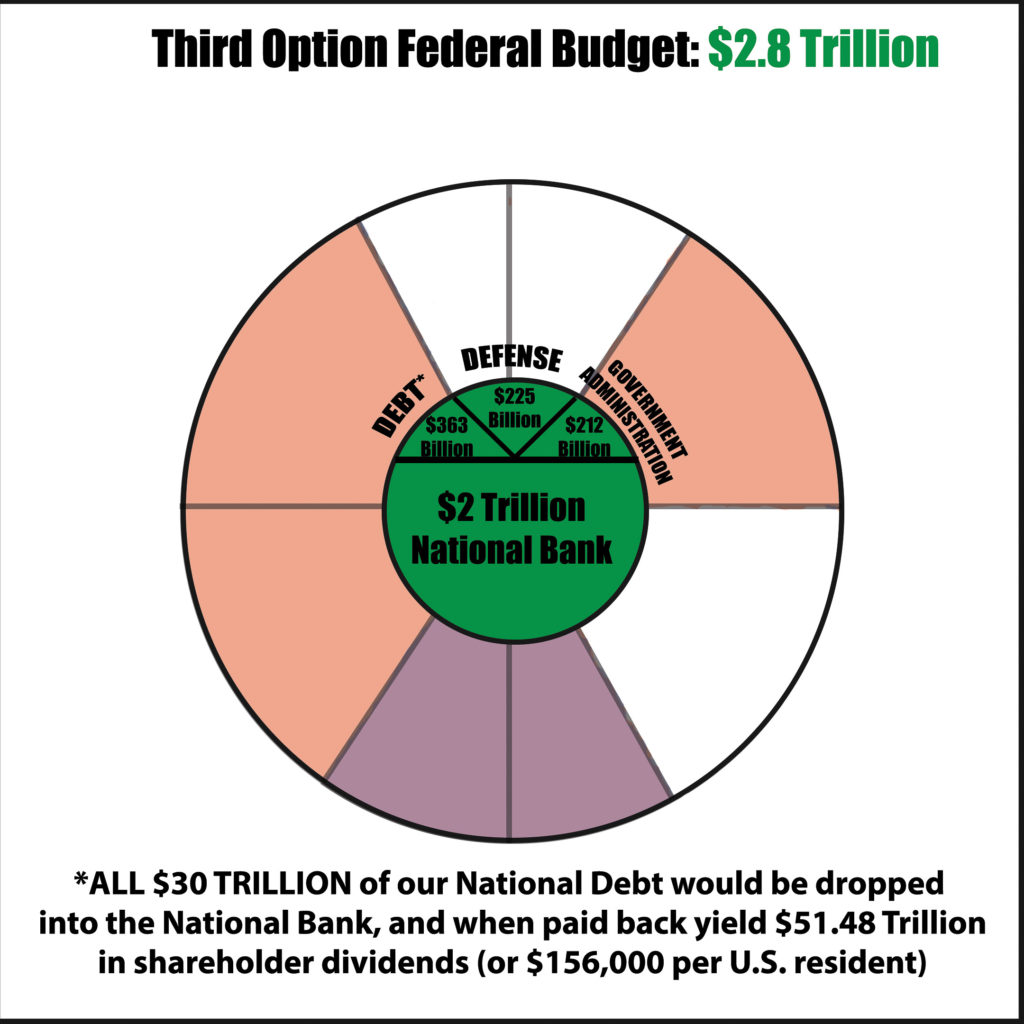
Successful businesses, for example, readily address customer dissatisfaction, and because a business will suffer if a problem reoccurs, all ‘complaints’ are treated as potentially systemic issues (possibly connected to how the business is run, or the quality of the product or service being rendered). This leads to updates (or even eventual upgrades) to products or personnel so the business can remain viable—aka competitive—in the marketplace.
Government needs what economics can bring: efficiency, effectiveness, accountability, fluidity in upgrading performance, cost-effectiveness, etc. Meanwhile, it can regain control of the money supply, to advance whatever upgrades to monetary theory or practice necessary to secure the best possible version of Liberty.
UNDERSTANDING THE ROLE OF MEDIA
Currently, billionaires own much of the private media, and the message, however varied it may seem, is (quite understandably) driven by profit. If it’s not selling products, it’s selling propaganda; occasionally it likes to remind us about its one constitutional ‘mention.’ It points a bright spotlight on all the usual suspects, careful to keep itself—and its capitalist ideology—behind in the shadows.
Long before all of us were born, people won themselves Liberty, which included free speech, an unlimited supply of guns, and a single vote (though not necessarily a vote that counts); today, we still shoot ourselves up with words and bullets (we’ve recently added fentanyl). Our Liberty membership card gives us the right to work, be heavily taxed for it, and pay double the price of everything in the store. Ever since government (even Democrats) decided to protect markets (aka ‘profit-seeking’), Liberty can only trickle down from the same invisible hand that fed the feudal peasants; at least we have a dedicated algorithm, feeding us product ideas based on our previous online purchases.
Step Three: Hypothesize
To say the least, America is in a huge hole, and the current version of Liberty is designed to keep us there. To get out of this hole, we will need to build a set of stairs, meaning an infrastructure (or process) of ‘actionable’ steps toward some higher elevation. We have plenty of tools laying around that are not being used (like government, communication, and capital); we only need a blueprint to build back Liberty better.
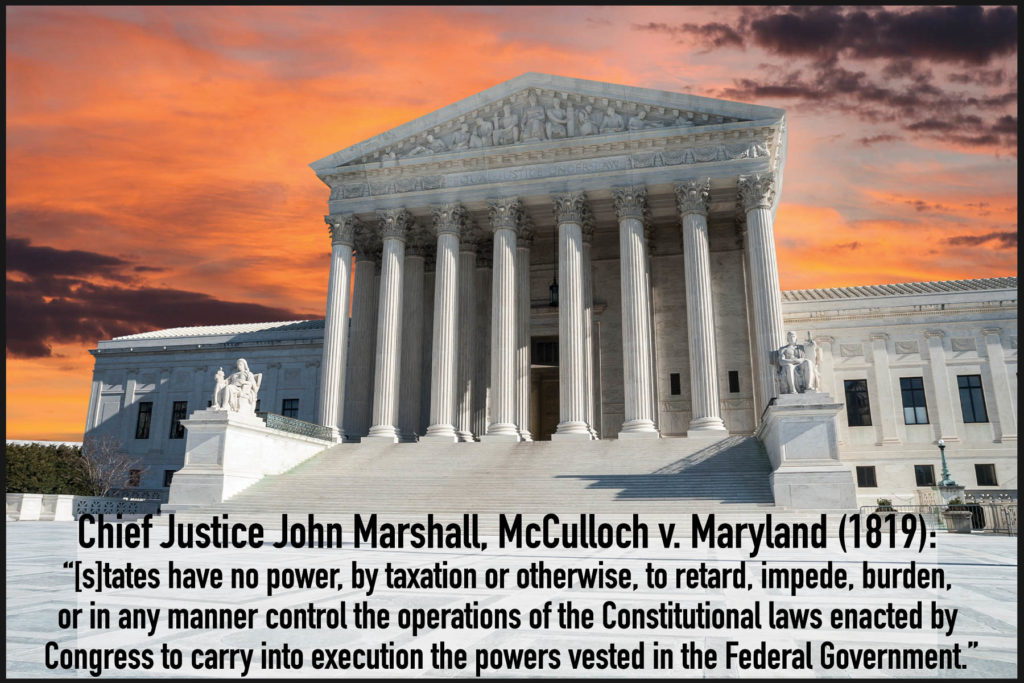
The Third Option has identified four ‘steps’ to help America climb out of this democratic sink hole:
- Correctly define democratic liberty, based on equal opportunity and self-actualization, that confers upon each person the absolute power to control themselves and no one else,
- Reconfigure government to provide this equal opportunity in a tangible way, through trading individual effort for needs essential to securing personal Liberty,
- Properly define the role and purpose of capital, then solidify both through judicial ruling (or further constitutional amendment if desired), and
- Create a problem-finding and solving process for government that includes mandatory communication infrastructure which connects people within communities, but also connects communities to each other, in order to share best practices in real time.
To be clear:
- There currently is NO objective problem-solving mechanism in place for government to provide for its citizens, but there is for economics, and
- There currently is NO constitutionally enumerated or implied powers for private banking to create money in this country, but there is for public banking.
The Third Option would:
- Reassert the superior implied (and enumerated) powers granted to federal government by the Supreme Court in McCulloch v Maryland,
- Repurpose several current executive departments of government (education, health and human services, housing, energy, agriculture, and transportation), plus add two more—Water and Waste Management, and Communication—to facilitate the rebuilding of American essential needs infrastructure,
- Establish a National Bank, place a branch in each community of 100,000 citizens, fill them with money equivalent to 10% of national earned income (GNI) (this works out to around $640 million per community),
- Empower, through education, the training necessary to build and operate essential needs infrastructure within each community; do this by utilizing non-profit-seeking loans from the new public bank, paid back through the long-established practice of citizens simply paying their bills, rent, premiums and copays (this would effectively create essential needs jobs directly within each community, and supply residents with enough income to again invest 10% of their paychecks the following year, making the process sustainable by the third of fourth year of its existence)
- Attached to this process is the stipulation that all infrastructure be green, clean, and smarter, and
- All money returned to the bank—through payment for essential needs goods and services—would eventually be given back to community members at retirement age, replacing current social security payments (in this way, no money would be ‘handed out’ except to empower effort toward supplying essential needs goods and services in an economically viable way, which in turn would create a living wage for all, followed by eventual residual income / retirement benefits).
So, what does this plan accomplish?
It rebuilds America, eliminates greenhouse emission issues (plus other forms of waste and pollution), creates ‘essential needs’ jobs in every community, secures a living wage for everyone (by lowering the cost on all ‘essential needs’ goods and services), completely replaces and financially covers all healthcare and social security costs (eliminating payroll taxation), eradicates poverty, etc., etc., and does it all by utilizing $2 trillion in taxes—not $4.79 trillion (or $7.2 trillion). In the process, education would also be revamped, so that ‘higher’ education is affordable and available for everyone, and a new Communication Department would be created, that not only provides high speed services to all areas of the country, but also implements communication infrastructure capable of fostering civic engagement and civic duty among community members, all while establishing interactive connections between health care, education, agriculture, and other essential services that need to evolve in real time.
Oh, and if pickleball wanted space for their game, they would simply need to come up with a viable business plan to cover the cost of a community bank loan; the facility would be built for them ‘at cost.’ This would make the pickleball facility a nonprofit enterprise, however, meaning that community members would be charged the minimum amount possible to pay back the loan; the only other change would be a 1% land value tax on the space—this is how The Third Option proposes to pay for other government expenses, like our military, or the national debt from our previous attempt at running a democratic government.
Step Four: Test
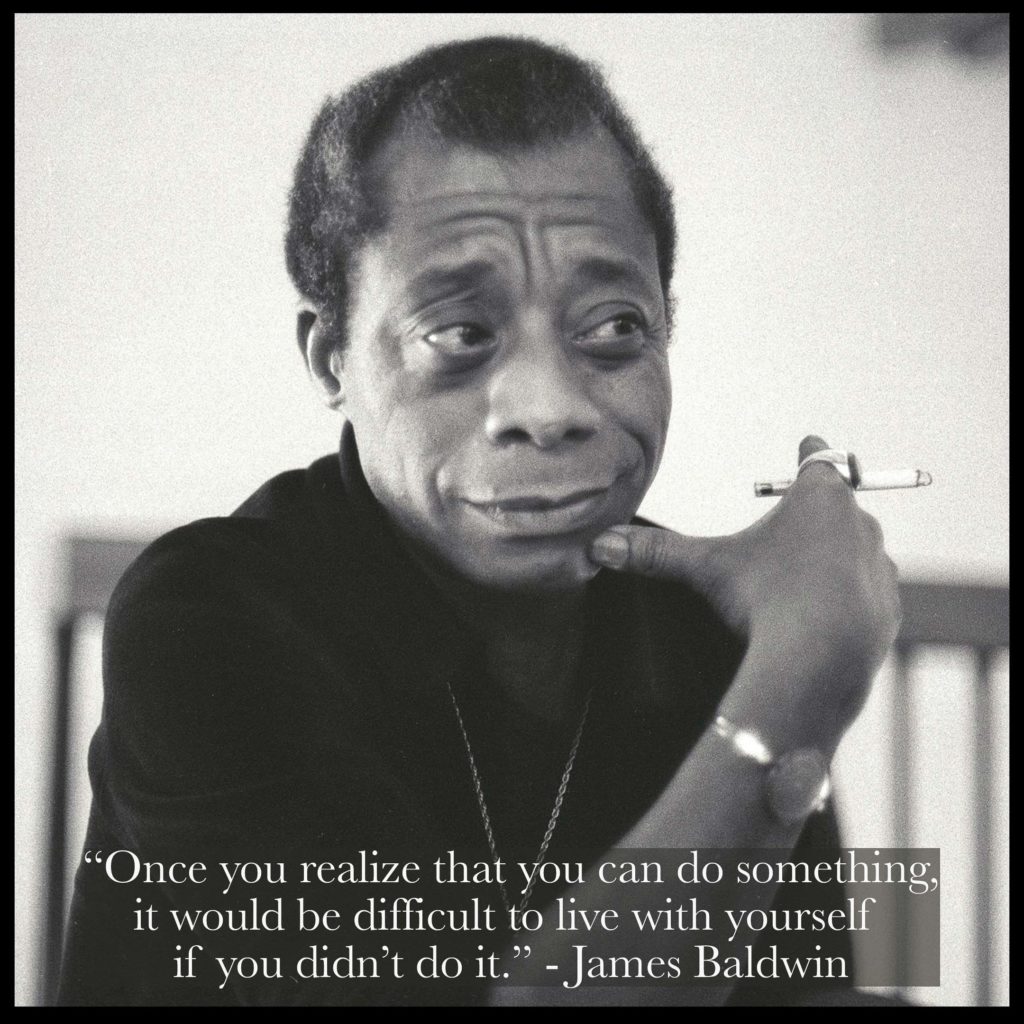
The usual practice of innovators is to ‘beta test’ new products—to test innovations on a small segment of the population before ‘scaling up’ to the entire customer base. The smartest way for The Third Option to beta test our ideas concerning economic liberty would be to lobby government for a grant, allowing a single community the chance to experience the benefits of its own Community Public Bank; this is exactly what we have done. Here are the particulars of this proposal:
- Position this beta test in the most disadvantaged community; there would be no conflict of interest with private investors, because private companies do not invest in underserved communities (likely, however, private industry will have grabbed up surrounding real estate ‘on the cheap,’ so government may have to utilize ‘reverse’ eminent domain and protect the community from the private sector during the experiment, unless some underserved community exists where the private sector has not yet nested).
- The plan calls for $640 million over four years; it would take at least two years to rebuild the community and train community members to use the infrastructure (vertical farming, organic waste management, a clean transportation grid, all forms of healthcare, fiber optic communication grid, new independent green energy grid, passive or net zero housing, etc.). To give this experiment the chance it deserves, an extra two years of funding would be ‘in reserve,’ but the hope is that it would either not be needed, or if the experiment succeeds, the remainder could be used to re-test the experiment on a second community.
- The injection of money could only help the 100,000 Americans who have had no taste of Liberty; something this empowering would certainly draw help from the outside, to ensure the plan succeeds (in the hope America might consider repeating the process in other communities).
- The program could be set up to pay itself back—if this is more politically desirable—but the original intention was for the community to reap the rewards of any effort they sow in building this community of the future together (estimates are approximately $11,000 in dividends per resident for every year the program runs, and realistically, the program should be able to pay for itself by the fourth year, so could continue indefinitely, if allowed).
- The new communication infrastructure would also be tested, first by securing community approval for the structural design of the community, then by gathering community member feedback on various aesthetic, cultural, and functional design decisions; the grid would likewise be tested for how healthcare, education, and all other infrastructure interacts within the community, and whether proposed improvements can be implemented more efficiently and effectively when connected in real time.
The Third Option believes that the tools for successful governance already exist; as with any tools, they are designed to facilitate building something, not to sit and rust in some gaudy-looking shed. Unfortunately, how well we build something depends on how skillfully we use the tools we have been given; our continued hope is that we more efficiently and effectively employ money, government, communication, and the front part of our brain to deliver the best version of Liberty we can currently conceptualize.

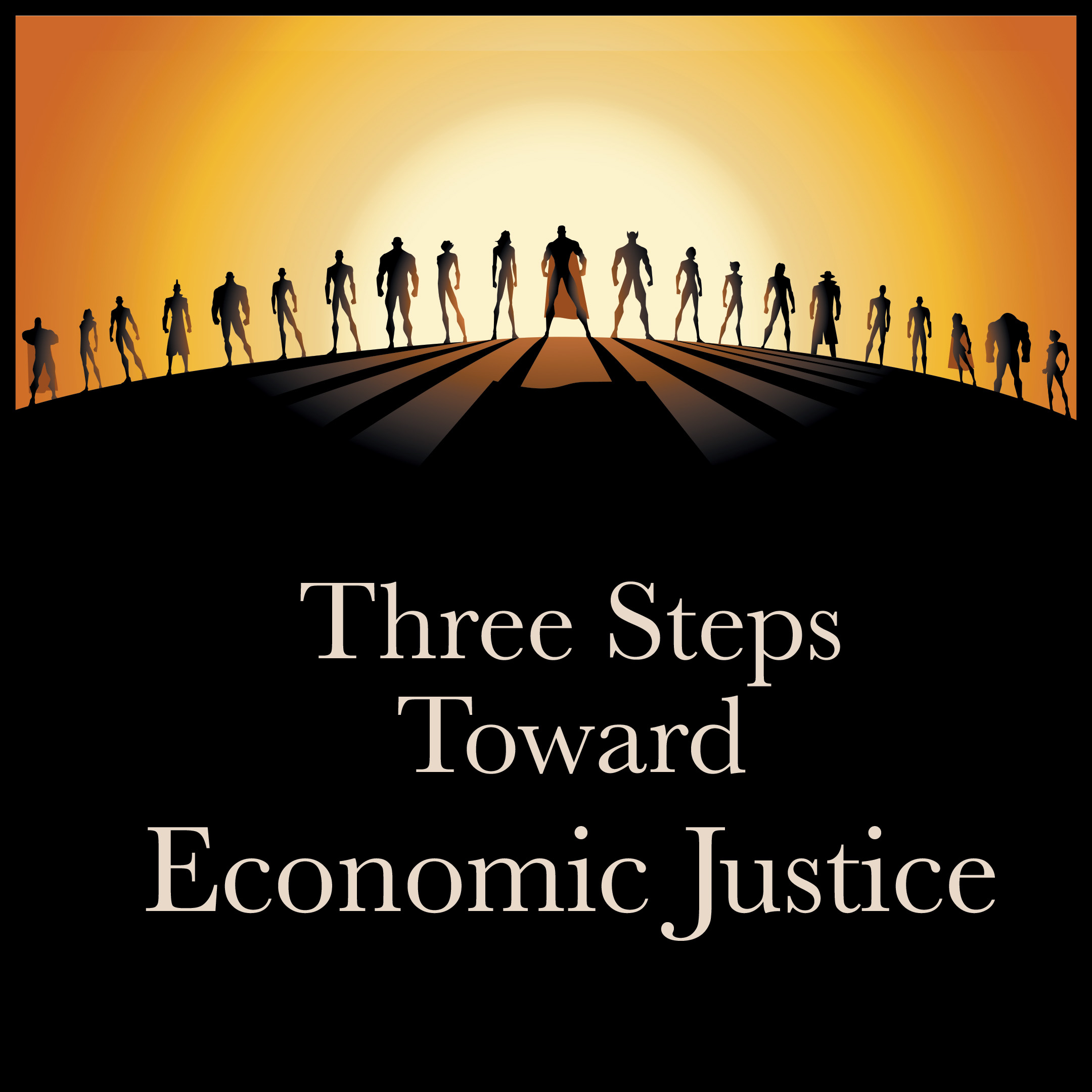 Toward a Unified Theory of Human Economics
Toward a Unified Theory of Human Economics